The battle for ultra-slim smartphone supremacy just got more interesting. Huawei has stepped into the ring with its Mate 70 Air, positioning itself as a formidable challenger to Apple's rumored iPhone Air. While Apple continues to tease its thinnest iPhone yet, Huawei has already revealed key specifications for a device that promises to deliver more than just sleek aesthetics.
The Chinese tech giant is making bold claims about battery life and performance that could reshape expectations for what an "Air" smartphone should deliver. With the device already announced in September 2025 and availability expected soon, Huawei is setting the stage for an intriguing showdown in the premium smartphone market. What grabs me is how Huawei seems to flip the script on ultra-slim phones, refusing to compromise on functionality for the sake of millimeter-thin design.
What makes the Mate 70 Air stand out from the crowd?
Here is where things get interesting. Huawei is not just making another thin phone. The Mate 70 Air measures just over 6mm thick, putting it in direct competition with Apple's ultra-slim ambitions. The kicker is it packs a massive 6,500mAh battery, roughly double what we expect from the iPhone Air.
That is not just impressive; it could be a relief for anyone tired of choosing between sleek design and all-day stamina. After years of testing ultra-slim phones that look great but fade by late afternoon, this feels like a genuine engineering breakthrough that puts user experience first.
The display situation is a bit murky. Sources report a 7-inch screen with an 18.8:9 aspect ratio, while other reports suggest a 6.9-inch panel with "1.5K" resolution. That discrepancy might come from different measurement standards or regional variants. Either way, it points to a large, sharp panel that keeps the slim silhouette intact.
Weight management is another highlight. The device weighs approximately 165-208 grams, depending on the configuration. Light in the hand, big on battery. It feels like they packed a power bank into a phone without turning it into a pocket brick.
How does the camera setup compare to premium flagships?
Huawei is not cutting corners on photography, which is rare in the ultra-slim crowd. Some manufacturers treat thin phones like budget models. Not here. The company is reportedly making fewer compromises with the cameras than the iPhone Air, pointing to a more photography-focused approach.
The Mate 70 Air features a 50 MP main, 12 MP telephoto, 8 MP ultrawide, plus a 1.5 MP multi-spectral sensor. That is a proper triple setup ready for most shooting scenarios.
What really intrigues me is the inclusion of a multispectral sensor designed to ensure natural colors in photos and videos. After years of watching computational photography swing from neon to dull, accurate color is a quiet superpower.
The main camera reportedly uses a large 1/1.3" type sensor, which should help with low light and overall image quality that rivals thicker flagships. Fitting that caliber of hardware into a case this thin is no small feat.
The design keeps Huawei's signature look with a circular camera module bearing the XMAGE camera tech logo, and the back panel features a texture similar to the Huawei Mate 70 Pro+. Premium without shouting about it.
What about performance and charging capabilities?
Under the hood, the Mate 70 Air brings real performance chops, and that addresses my biggest worry with thin devices, thermal throttling. The device will offer up to 16GB of RAM, a step up from earlier reports of 12GB. That headroom should keep multitasking smooth and heavy apps happy.
Charging is where Huawei flexes. The battery supports USB-C charging at up to 66 watts, so even with that big cell, top-ups should be quick. Fitting fast-charging hardware into a chassis this slim is impressive on its own.
PRO TIP: 66W charging on a 6,500mAh battery in a phone just over 6.6mm thick is a thermal juggling act. Most thin phones heat up during routine use, let alone fast charging. If Huawei can keep temps in check, the heat spreading design deserves applause.
The software experience centers around HarmonyOS 5.1, Huawei's proprietary operating system that continues to evolve independently of Android. App availability can be a mixed bag in some regions, but the tight hardware integration is the point.
The device will be offered in black, white, and gold color options. Clean, classic finishes.
When can we expect to see this iPhone Air challenger?
The rollout plan is coming into focus. The device was officially announced in early November 2025, with a gradual, region-first approach.
One twist, the smartphone will not have a grand launch event and will instead be simply unveiled on Huawei's website. Quiet confidence beats loud stages sometimes.
Availability follows Huawei's playbook. The Mate 70 Air will be available exclusively in China at launch. That limits the immediate global splash, although it does not dampen the message to rivals.
Hype is building on home turf. A Huawei store in China has already opened reservations for the device, and hands-on photos already appearing on the Chinese social network Weibo suggest the hardware is ready. If Apple is watching, the timing will not be lost on them.
What this means for the ultra-slim smartphone race
The Huawei Mate 70 Air reads like a challenge to the whole thin-phone playbook. With roughly twice the battery capacity of the Apple iPhone Air while keeping a competitive thickness, Huawei is forcing a conversation about what premium buyers actually value.
From my years of testing flagships, the telling detail is that the device is only about one millimeter thicker than the Apple iPhone Air, yet it delivers more runway for heavy days. That single millimeter can be the difference between a phone that looks great in photos and a phone that still has juice at midnight.
This approach could nudge Apple and others to rethink their priorities. Are we really chasing the last millimeter at the expense of battery and cameras, or do we want a phone that keeps up? Huawei's bet is clear, and shipping hardware raises the stakes.
The fact that Huawei includes a physical SIM card slot while staying thin shows that practical features do not have to vanish for the sake of fashion. A welcome change.
Bottom line: As the "Air" category evolves, the Mate 70 Air sets a sharper benchmark for premium thin devices. It shows you should not have to choose between style and substance, and that kind of pressure tends to move the whole industry forward, even if regional availability keeps the splash contained at first.









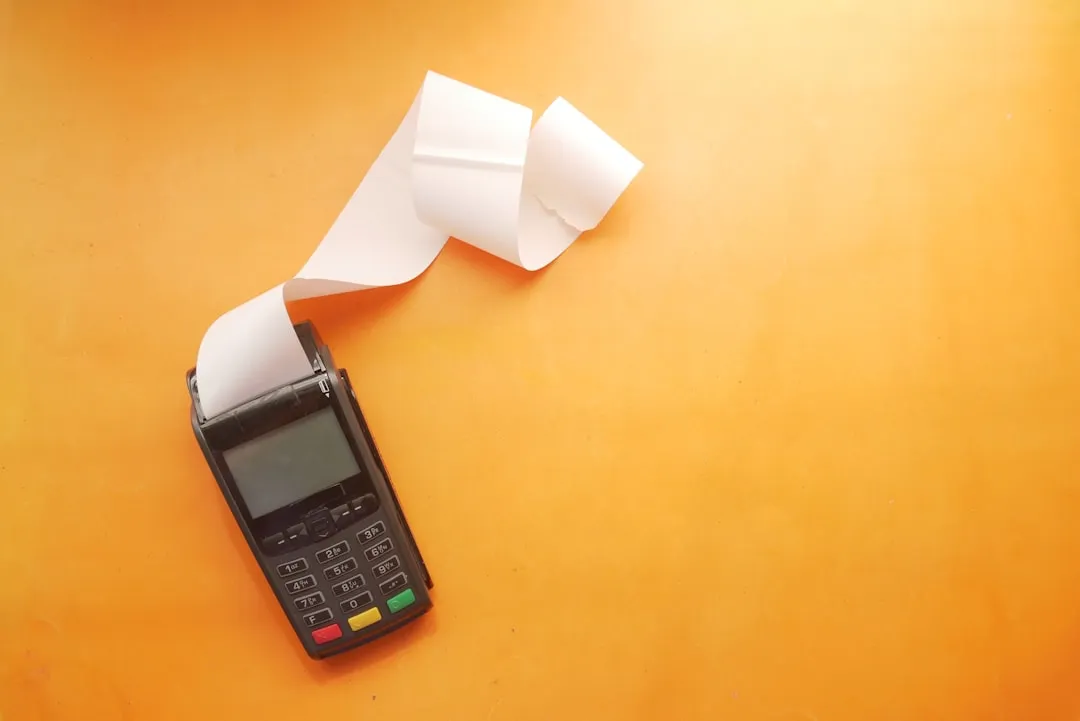
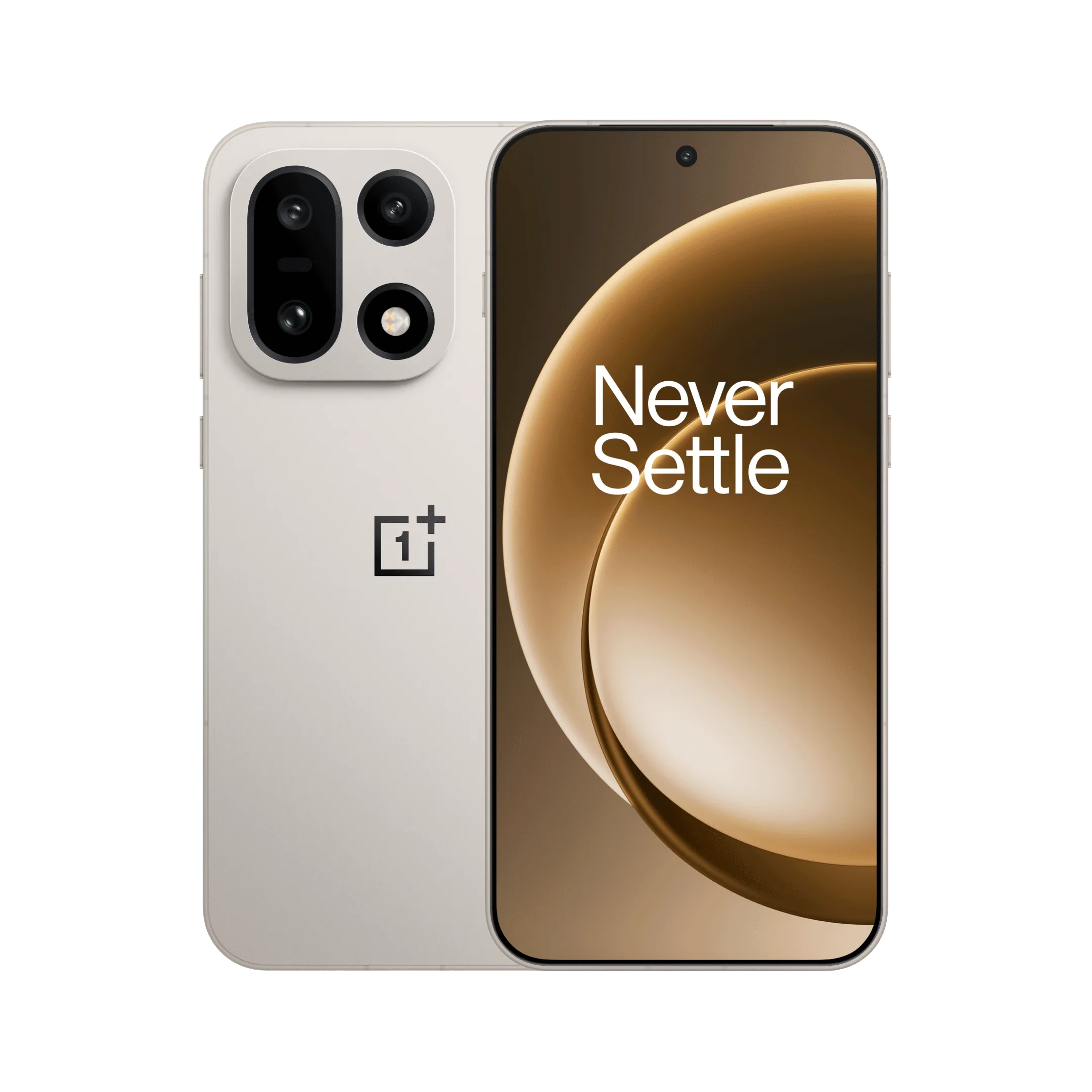
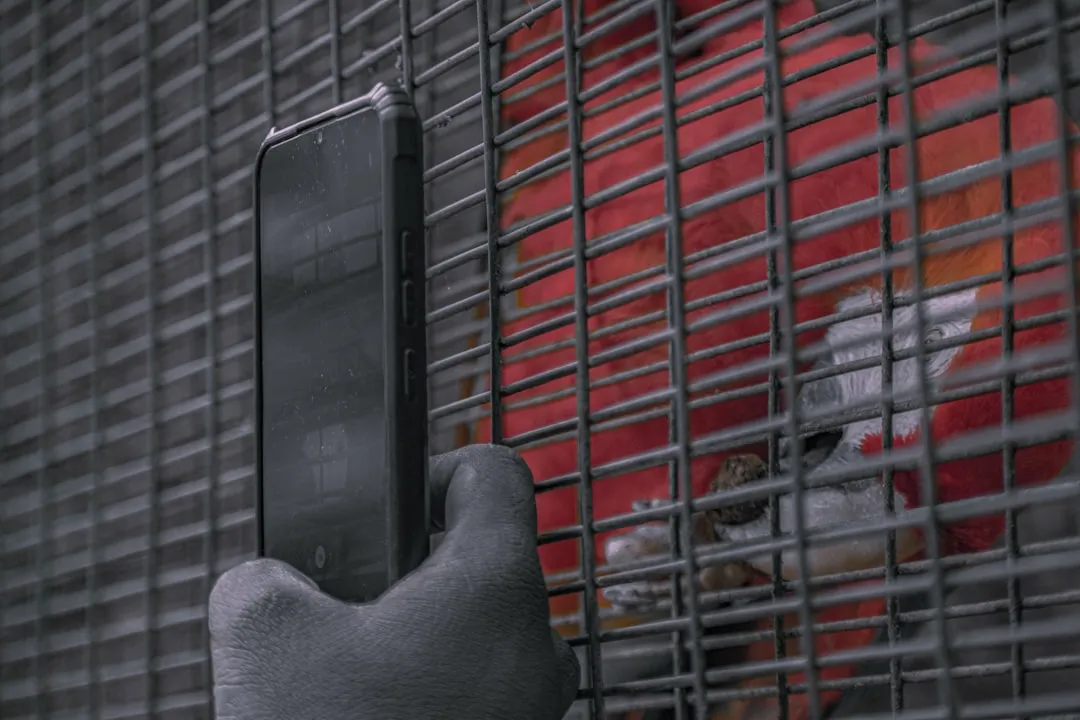
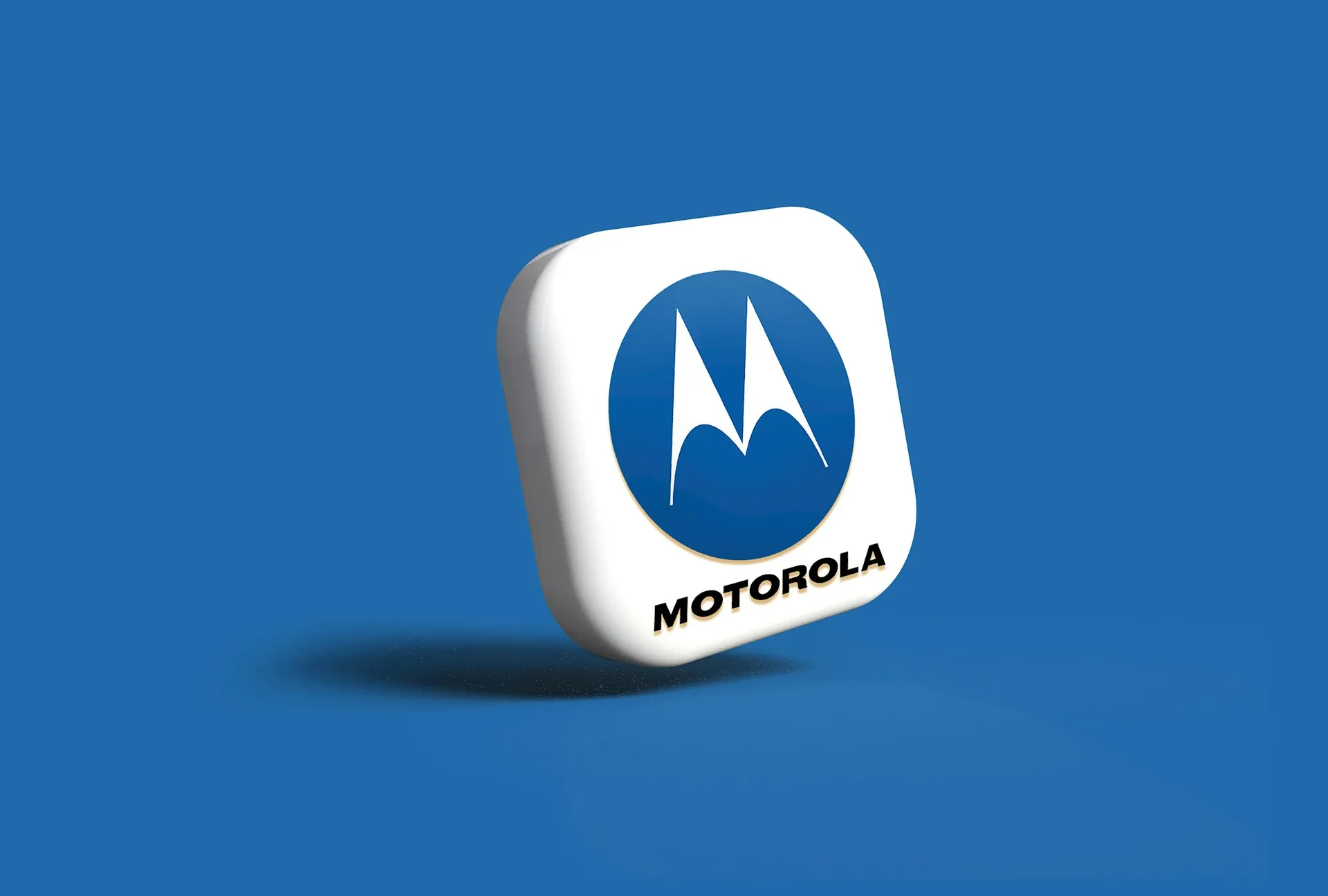
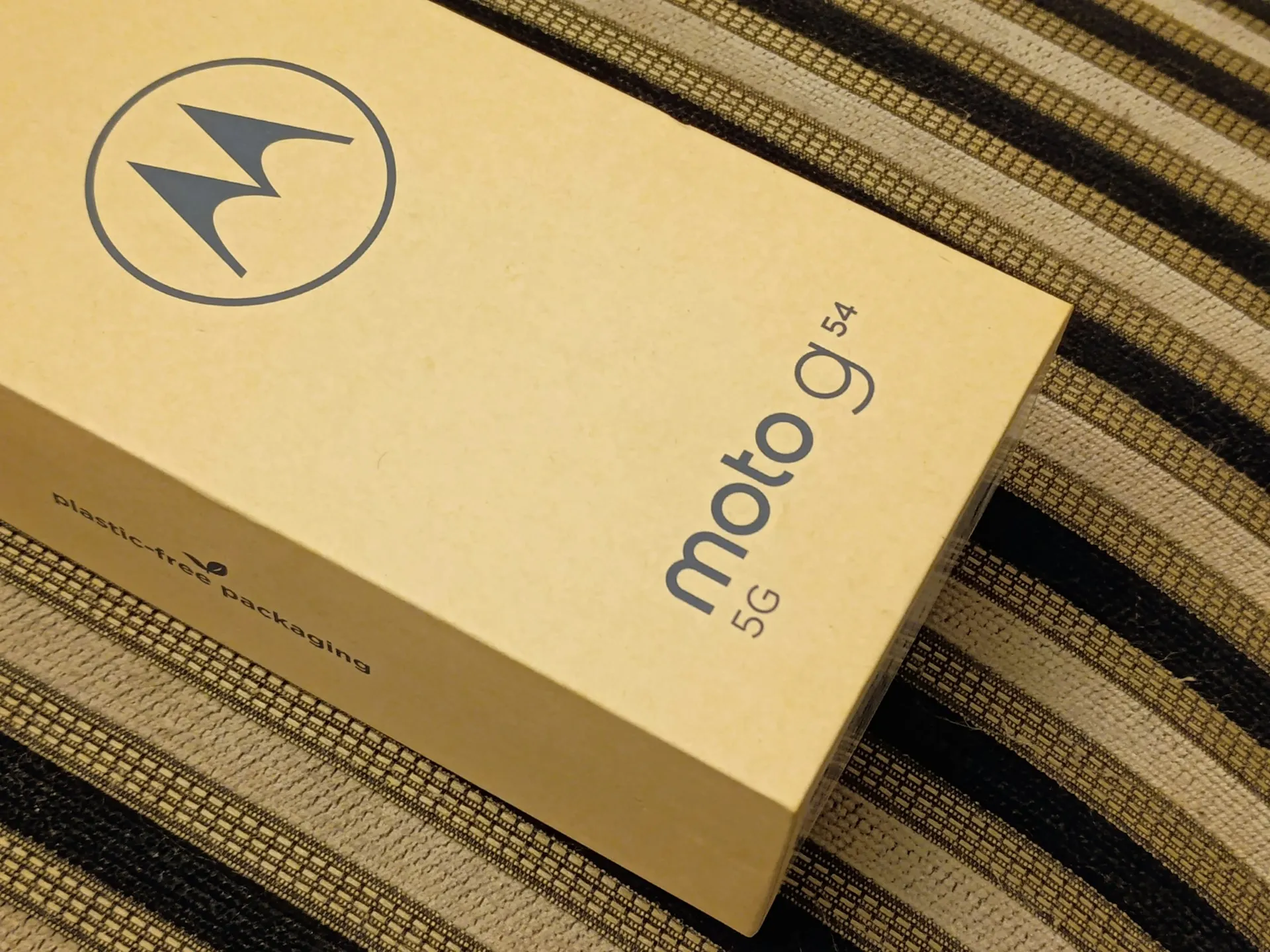
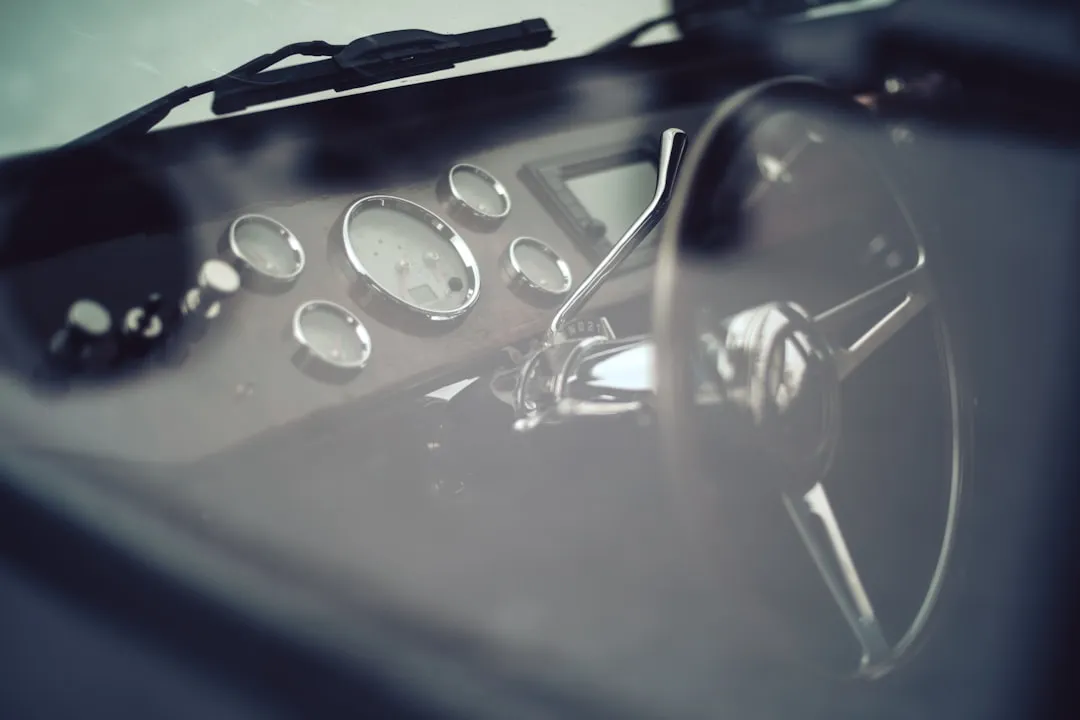
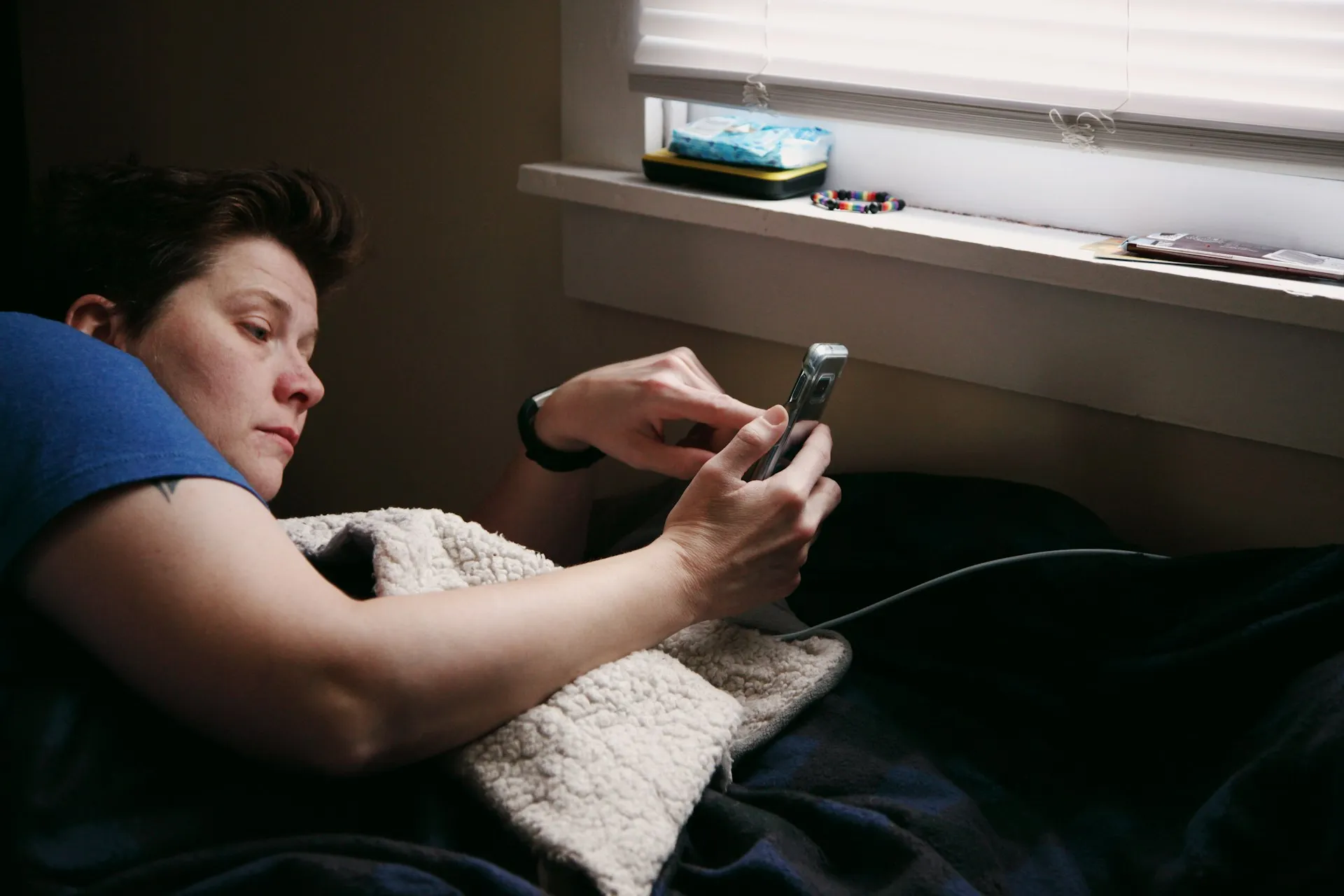
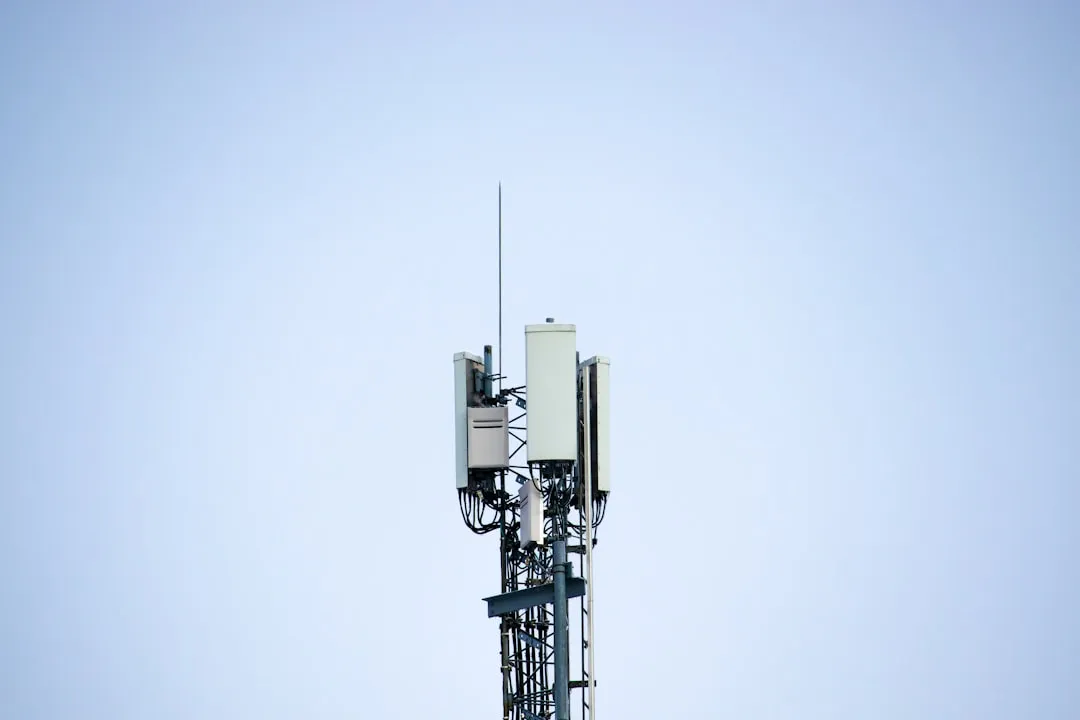
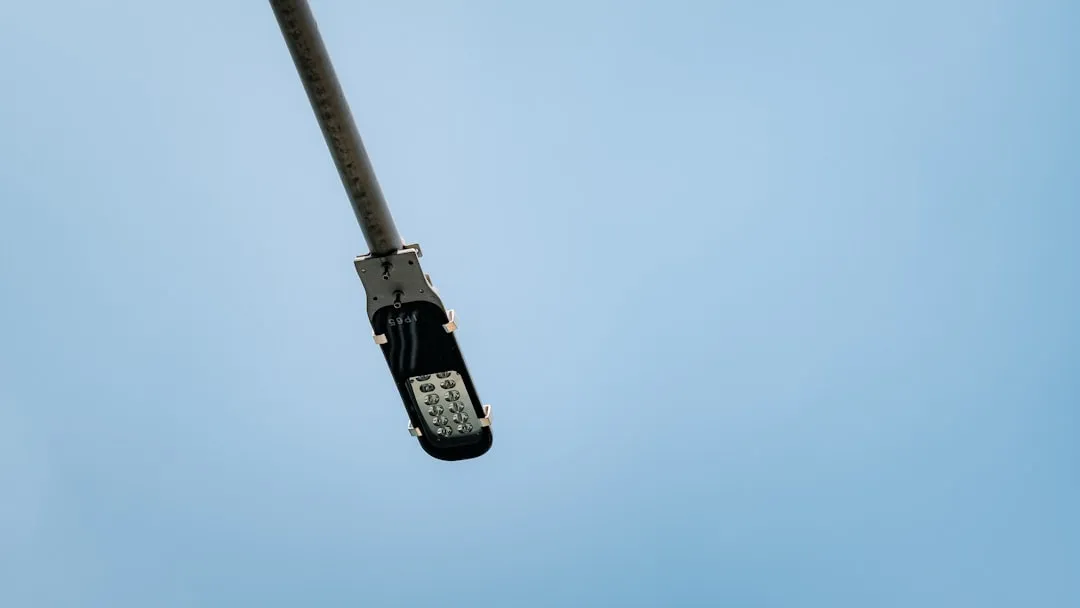

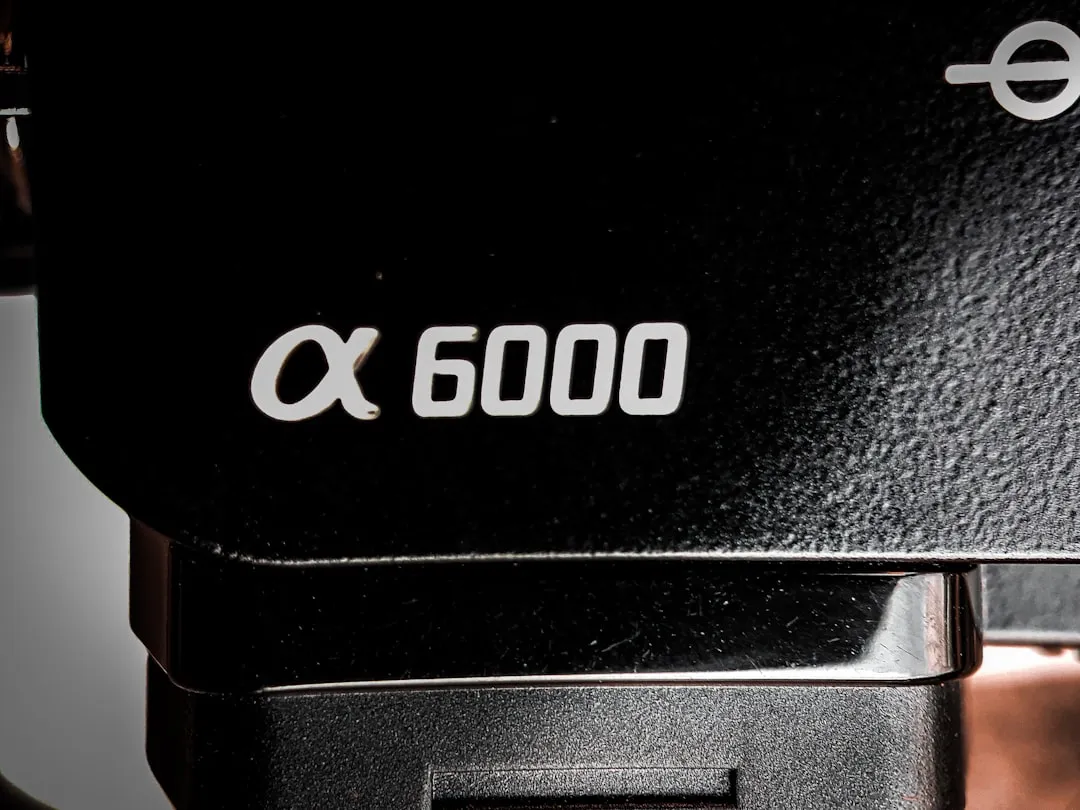

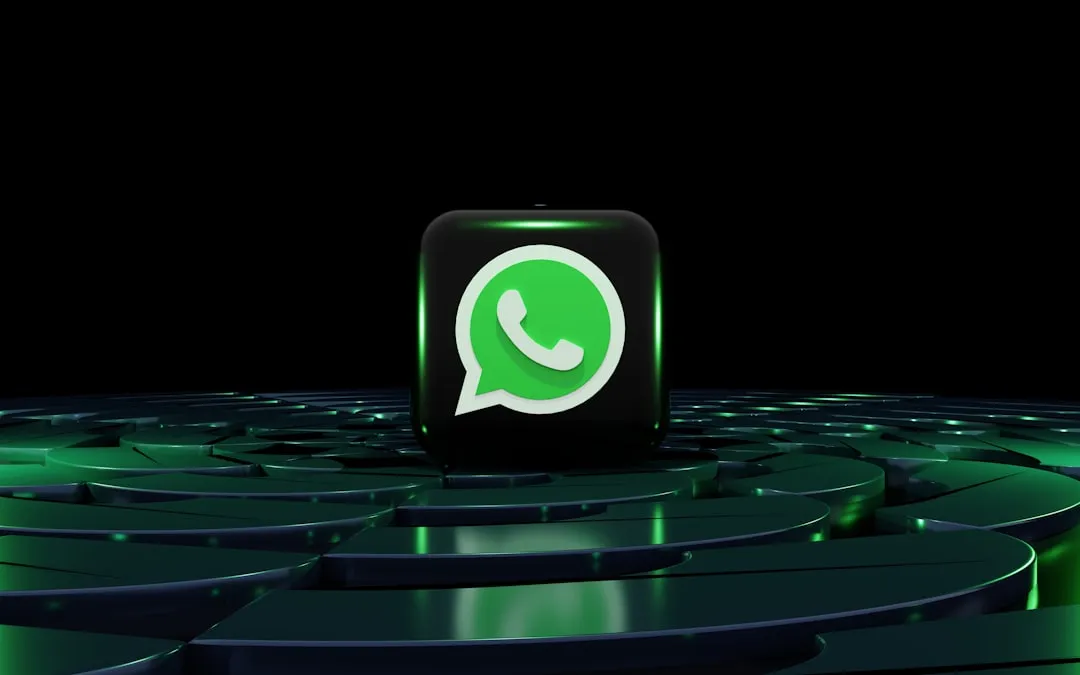
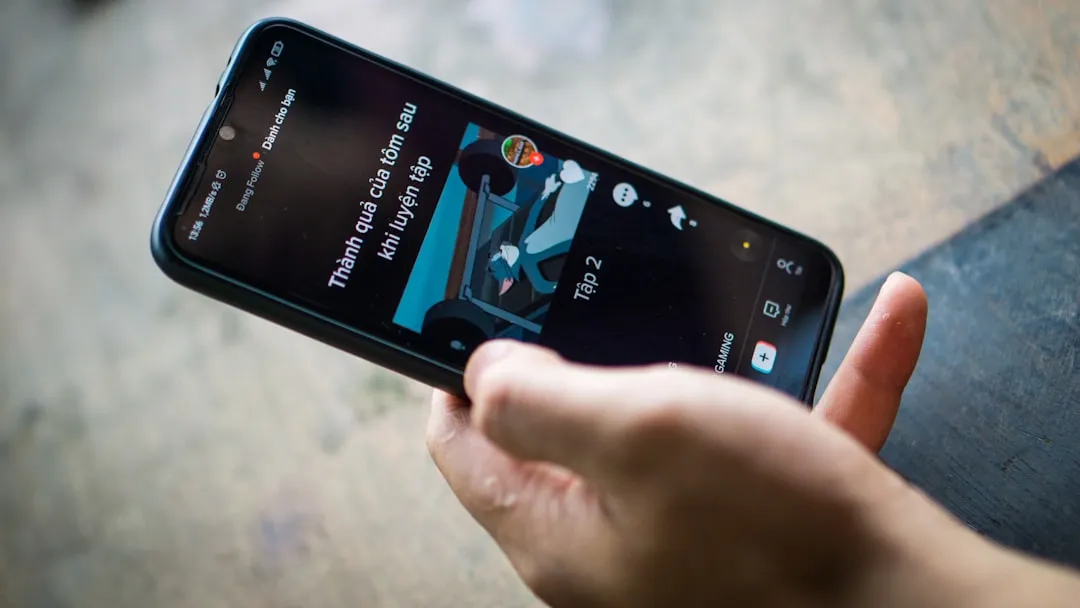
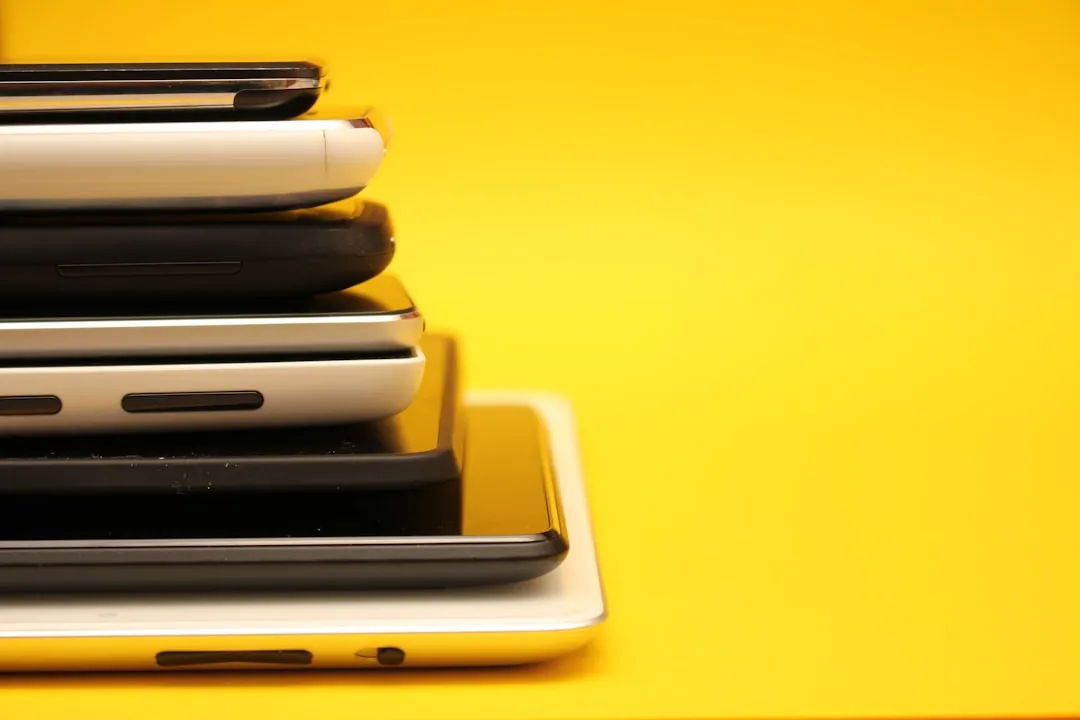

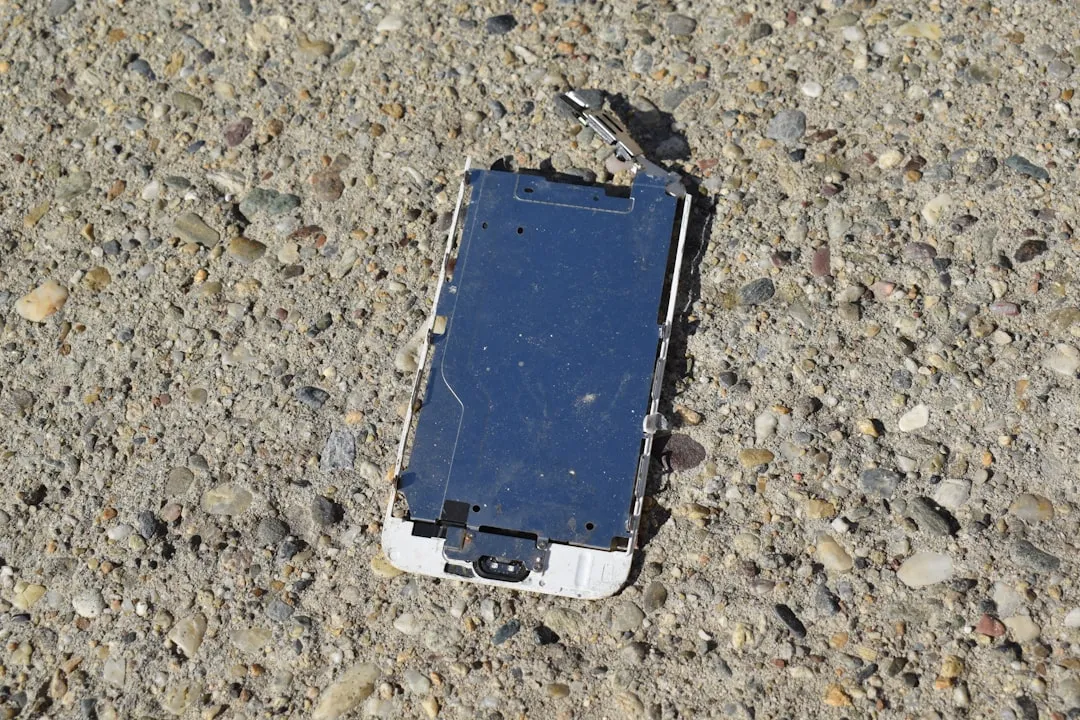
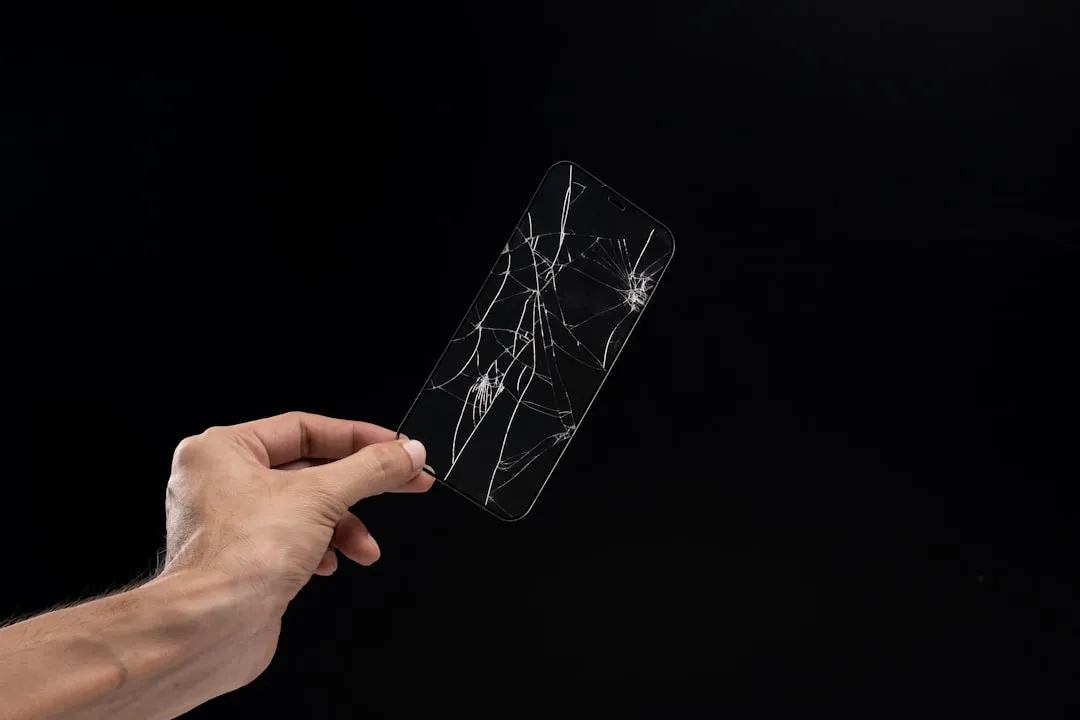
Comments
Be the first, drop a comment!